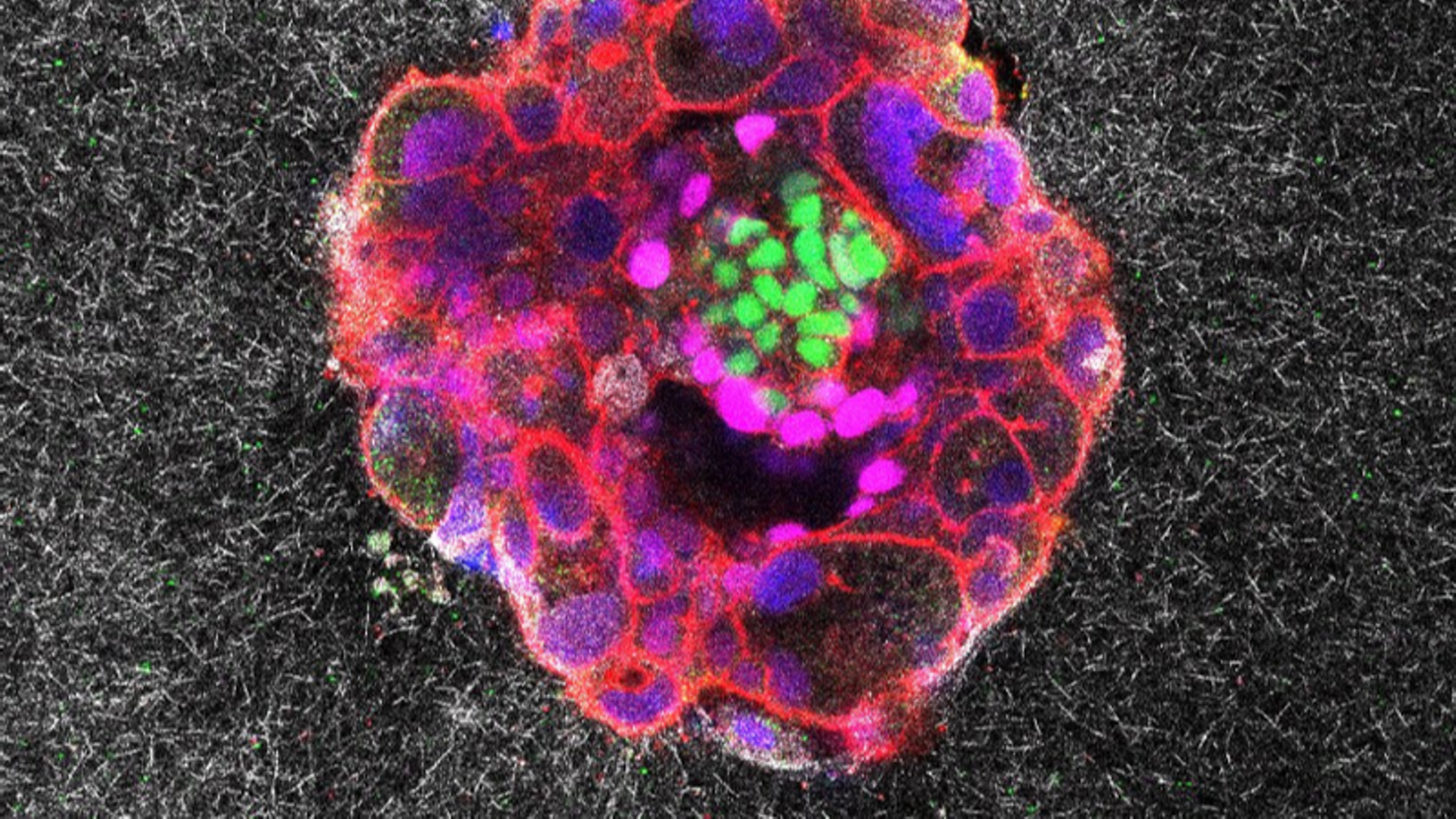For the first time, the implantation of a human embryo in the uterus has been recorded in real time.
IBEC researchers have recorded for the first time the process that will allow research into the causes of infertility.

BarcelonaA group of researchers from the Institute of Bioengineering of Catalonia (IBEC), In collaboration with Dexeus University Hospital, the team has recorded for the first time how a human embryo implants in the uterus. This is a microscopic process that occurs in the body of an adult, so it had never been observed before. "It was like a black box whose inside we were finally able to see," says Samuel Ojosnegros, director of the study.
The project involved developing a system in vitro This simulates the conditions found in the embryo's uterus—mainly made of collagen—in three dimensions, where it can adhere and invade just as it would during a natural pregnancy. "All of this has been observed and recorded in real time, which is a pioneering advance for further research into human embryos," explains the satisfied director, after a decade of working toward this goal.
This study has opened the door to studying a phase of embryo development that until now was hidden in the human body: the period from the fifth day until the first ultrasound, a period that lasts a few weeks. This represents a new tool for studying human embryos and opens the door to using it to develop therapies that improve embryo implantation in the womb, the time at which approximately 60% of spontaneous abortions occur.
"Human reproduction is much more inefficient than people think, because only approximately 30% of embryos conceived naturally or through assisted reproduction result in a pregnancy; the rest are lost," explains Ojosnegros. Of those that are lost, 60% are lost around the time of implantation in the uterus, a phase that until now could not be well studied because it was a "black box." For this reason, the director explains that this study is a first step in investigating the causes of implantation errors, which are largely responsible for human infertility.
The strength of the embryo
All the research has been conducted comparing human embryos with mouse embryos, with the goal of determining specific characteristics of the former. According to Ojosnegros, two surprising features have been identified regarding the behavior of human embryos when attaching to the uterus: their ability to penetrate and the force they exert to do so.
"First of all, we were surprised to see that the human embryo is very invasive: while the mouse embryo remains on the surface of the uterus, the human embryo makes a hole and enters, buries itself in the uterus," explains the researcher. This was already known to occur, based on old still images, but it had never been observed live. "Secondly, we saw that it applies a lot of force through microfilaments that hook onto the uterus and stretch strongly to be able to enter," he adds. In this way, the embryo can penetrate through the uterine tissue, which is very fibrous, to connect with the mother's blood vessels so it can feed and continue developing.
Ojosnegros also wanted to thank all the patients who selflessly donated their embryos for research, in accordance with Spanish law, at the Dexeus University Hospital, where the samples came from, and the group of researchers who carried out the project. Especially Amélie Godeau and Anna Seriola, the main researchers.
